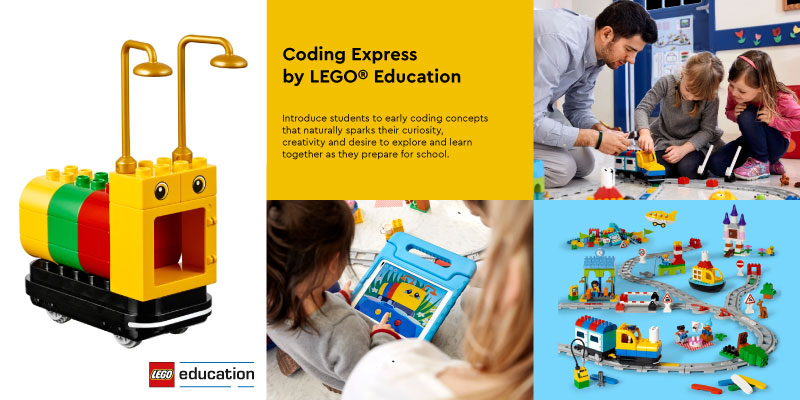
A Helpful Introduction to Pre-K Coding Curriculum Coding Express
In today’s digital age, introducing young learners to the fundamentals of coding and programming is becoming increasingly important. Not only does it foster critical thinking and problem-solving skills, but it also lays the foundation for future success in STEM fields. One innovative tool that facilitates this early introduction is the LEGO® Education Coding Express set, designed specifically for preschool and kindergarten students. In this blog post, we’ll delve into the first lesson of the Pre-K Coding Curriculum, highlighting its engaging activities and educational benefits.
First Trip: Coding Express Set Lesson
The first lesson, titled “First Trip,” serves as an introductory exploration into the Coding Express set. Designed for beginners and tailored for pre-K and kindergarten students, this lesson spans 30 to 45 minutes and aims to familiarize children with the various components of the set while encouraging collaborative play and creative problem-solving.
The lesson begins with an interactive engagement activity where students are prompted to share their experiences with trains, subways, or trams. This serves to pique their interest and create a relatable context for the subsequent activities. The playful “choo choo train game” not only energizes the students but also introduces the concept of starting and stopping—a fundamental aspect of the pre-k coding curriculum.
Exploration with Model Building
Following the engagement phase, students transition into the exploration stage, where they are encouraged to build models using printable model cards or drawing inspiration from the provided Building Cards. This hands-on activity allows students to unleash their creativity and practice fine motor skills while constructing tracks and destinations.
Once the models are built, students embark on a journey, navigating the train from the station to various destinations. This step introduces the concept of algorithms—step-by-step instructions for the train’s movement—and encourages students to think sequentially and strategically. This activity is a crucial component of the pre-K coding curriculum.
Throughout the exploration phase, students encounter different ways to stop the train: manually, using red action bricks, or employing the red stop brick. This presents an opportunity for educators to discuss the function of these elements and encourage critical thinking through guided questions.
Customizing Tracks with Action Bricks
As the lesson progresses, students are encouraged to extend their tracks, incorporate additional stops, and experiment with green action bricks. This open-ended approach fosters creativity and allows for personalized learning experiences tailored to each student’s interests and abilities.
In the evaluation phase, educators assess students’ understanding through observation and guided questioning. By focusing on collaborative group work, adherence to algorithms, and successful use of action bricks, educators can gauge students’ mastery of the lesson objectives and identify areas for further exploration.
The Coding Express curriculum aligns with educational standards and learning objectives, ensuring that each lesson contributes to students’ holistic development. By integrating hands-on activities with foundational coding concepts, this curriculum cultivates essential 21st-century skills such as communication, collaboration, and critical thinking. It’s a vital component of the pre-K coding curriculum.

The Power of Play
Moreover, the playful and intuitive nature of the Coding Express set makes learning enjoyable and accessible to young learners, regardless of their prior experience with coding or technology. By harnessing the power of play, educators can ignite students’ curiosity and lay a solid foundation for lifelong learning.
In conclusion, the LEGO® Education Coding Express set offers a dynamic and engaging introduction to coding and programming for pre-K and kindergarten students. Through hands-on exploration, playful activities, and guided instruction, students not only develop essential coding skills but also develop a love for learning and discovery. As educators continue to leverage innovative tools like the Coding Express set, they empower young learners to thrive in an increasingly digital world.
With its blend of creativity, collaboration, and coding, the Coding Express curriculum sets the stage for a transformative educational journey—one where every child has the opportunity to unlock their full potential and embark on an exciting adventure in STEM.

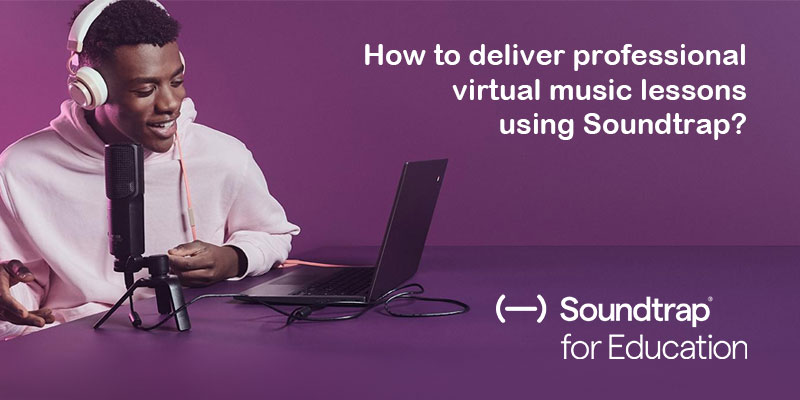
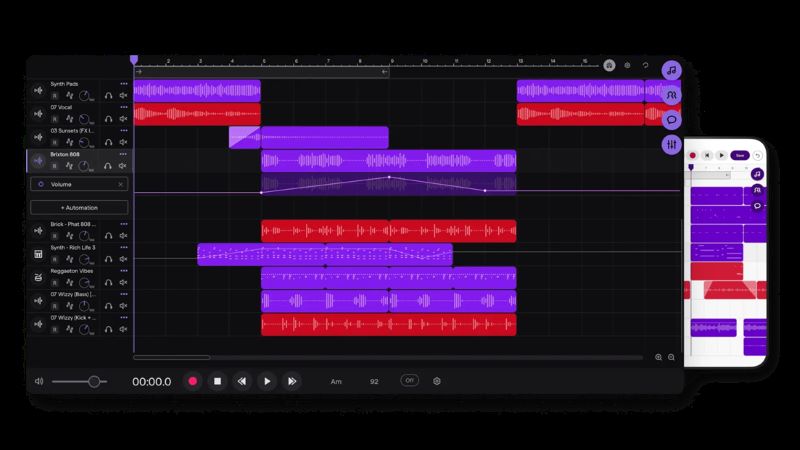


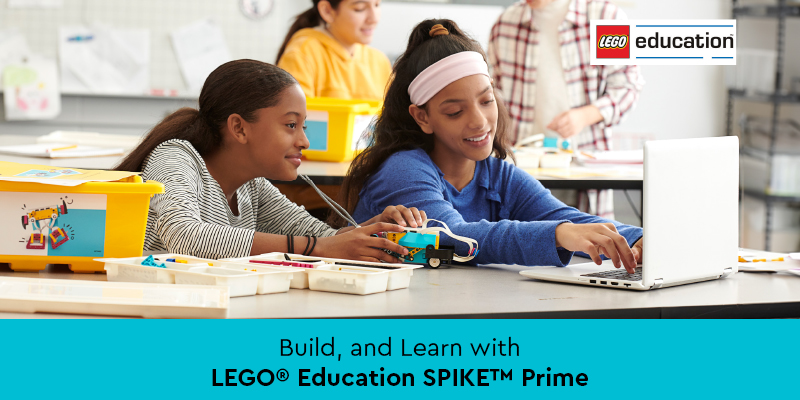
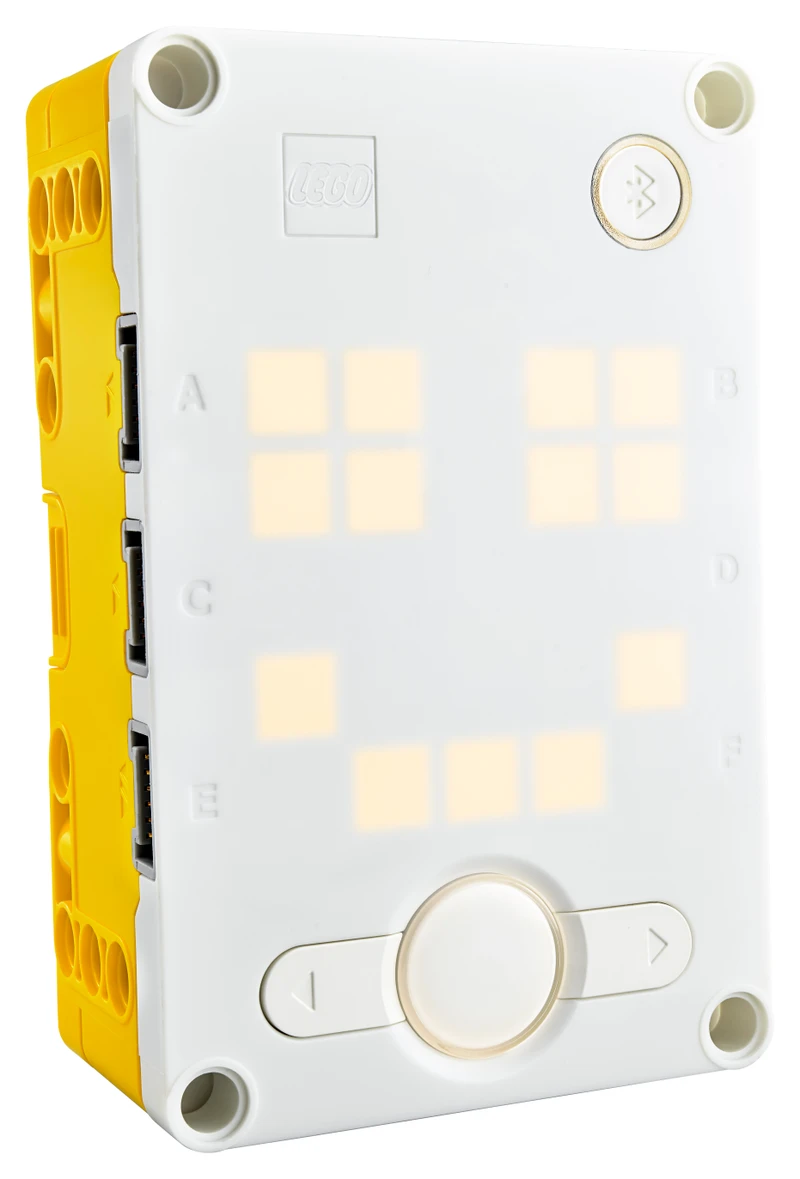
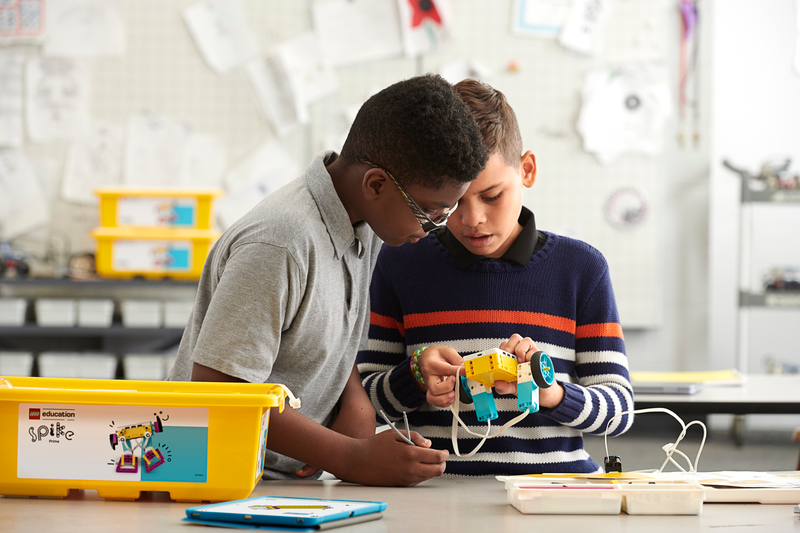





Recent Comments